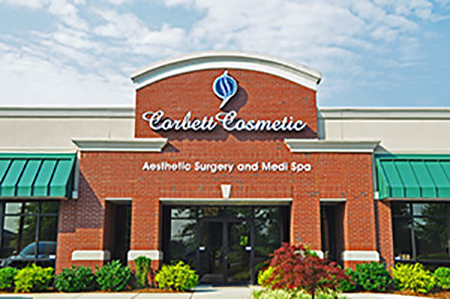This is obviously a pretty common question patients have when they are considering cosmetic surgery. The answer is “probably not” in most all cases. Let me explain.
As the surgeon, when I make that decision, I am factoring in many issues. The time under anesthesia, the scope of the procedure, anticipated level of post op pain, and your co-existing medical problems all are considered to maximize patient safety. Let’s look at each of these factors individually and I’ll elaborate.
Time of under anesthesia: Most of the operations I do are pretty short. An hour or two, if we combine procedures 3-4 hrs. A long procedure would be one lasting say 6 hours or more. A healthy person can easily tolerate an hour or two of anesthesia and go home after. Examples of popular surgeries that fall into this category include Breast Augmentation, Breast Lift, Breast Reduction, Blephaorplasty, Facelift, Necklift, Liposuction, and a Tummy Tuck. These cases are commonly done as out patient procedures. When patients opt to have several things done at once, the time in the OR can get longer. Once OR times pass the 6 or 7 hour mark chances of complications can go up. In those cases it makes sense to keep the patient overnight for monitoring. It’s ok to go past 6 hours, I’m not saying that, but those patients may have needs that first night that are best handled with good nursing care.
Scope of procedure: A lot of times patients are surprised I will do 4 or 5 different surgeries in one setting. It’s not the number of procedures so much as it is the time they will all take and the scope of the procedures. For instance, the impact of the combination of a blepharoplasty, liposuction under the chin, and a breast lift on your system is less than if you have a lot of liposuction. The recovery from the eyelids, a small area of lipo and a breast lift are fairly benign while high volume lipo ( > 5 liters) can result in fluid shifts where we need nursing care to monitor IV fluids and urine output. Likewise I can lipo 4 or 5 areas on a patient who has small localized problems areas removing a total of 1-2 liters of fat and safely send that person home. Conversely, I might keep a person who is heavier and we are treating just one area, like the front of the abdomen and flanks but here we might be removing 4 or 5 liters of fat. Those are two completely different operations in regards to their impact on your system the night of surgery.
Post of pain: Some surgeries just hurt more than others, it’s that simple. A great example is a thigh lift. These leave the patient uncomfortable and they often do better staying over night. It’s not that the surgery is all that long, usually 2-3 hours, or anything like a big lipo case or an extended tummy tuck case like we see with patients who have had lap bands with weight loss in excess of 100 lbs. It’s just that the patient may need more than pain pills to be comfortable.
Medical Problems: In general, if a patient is unhealthy, I wont operate on them. Why take the risk of having a problem for what after all is an elective procedure. But I do see a lot of patients with well controlled diabetes, or high blood pressure or asthma who seek cosmetic surgery. These patients are very good candidates for surgery, but sometimes they need a little monitoring after surgery. The diabetic patient is the perfect example. We don’t let you eat after midnight, then we do surgery, and sometimes patients are nauseated and don’t feel like eating. So how much insulin they need can require more checks and monitoring. It’s not a big deal or hard to do, but it needs to be done and the overnight stay and good nursing care solves the problem.
So in summary, I’d say that 99% of my surgeries are done as outpatient because I am operating on healthy people and rarely combine things that will take more than 3 or 4 hours. Now, I might ask you to come to the office the day after for a check (I do this with some of my face lift patients) but you can still go home. And in the end, if you do need or want to stay, the hospitals only charge around $250 for the night, so it’s very reasonable.
Hope this helps
Lee Corbett, MD
Corbett Cosmetic Aesthetic Surgery and Med Spa




 The
The
